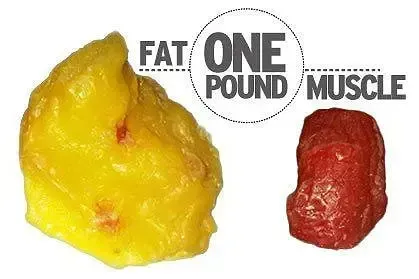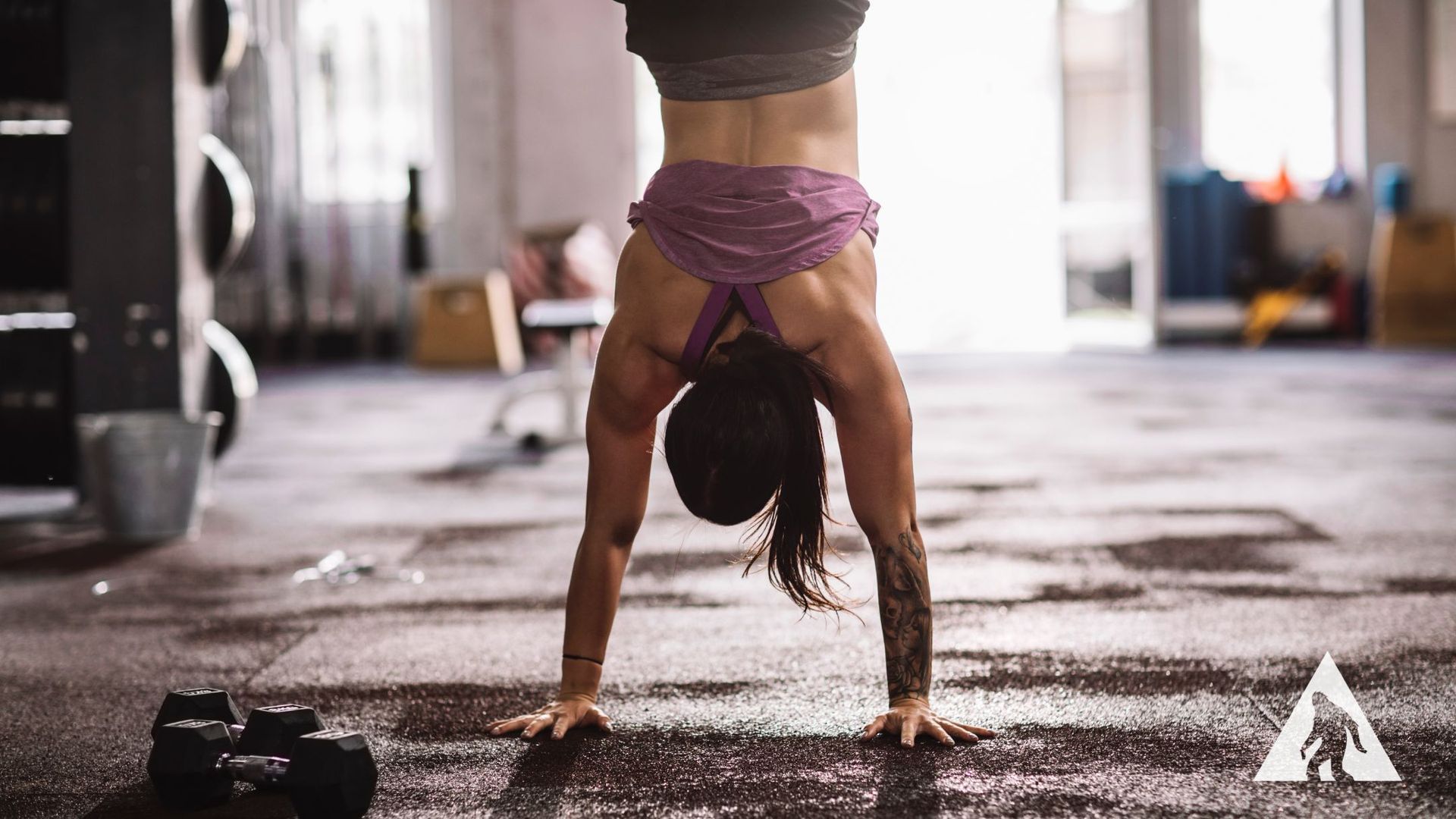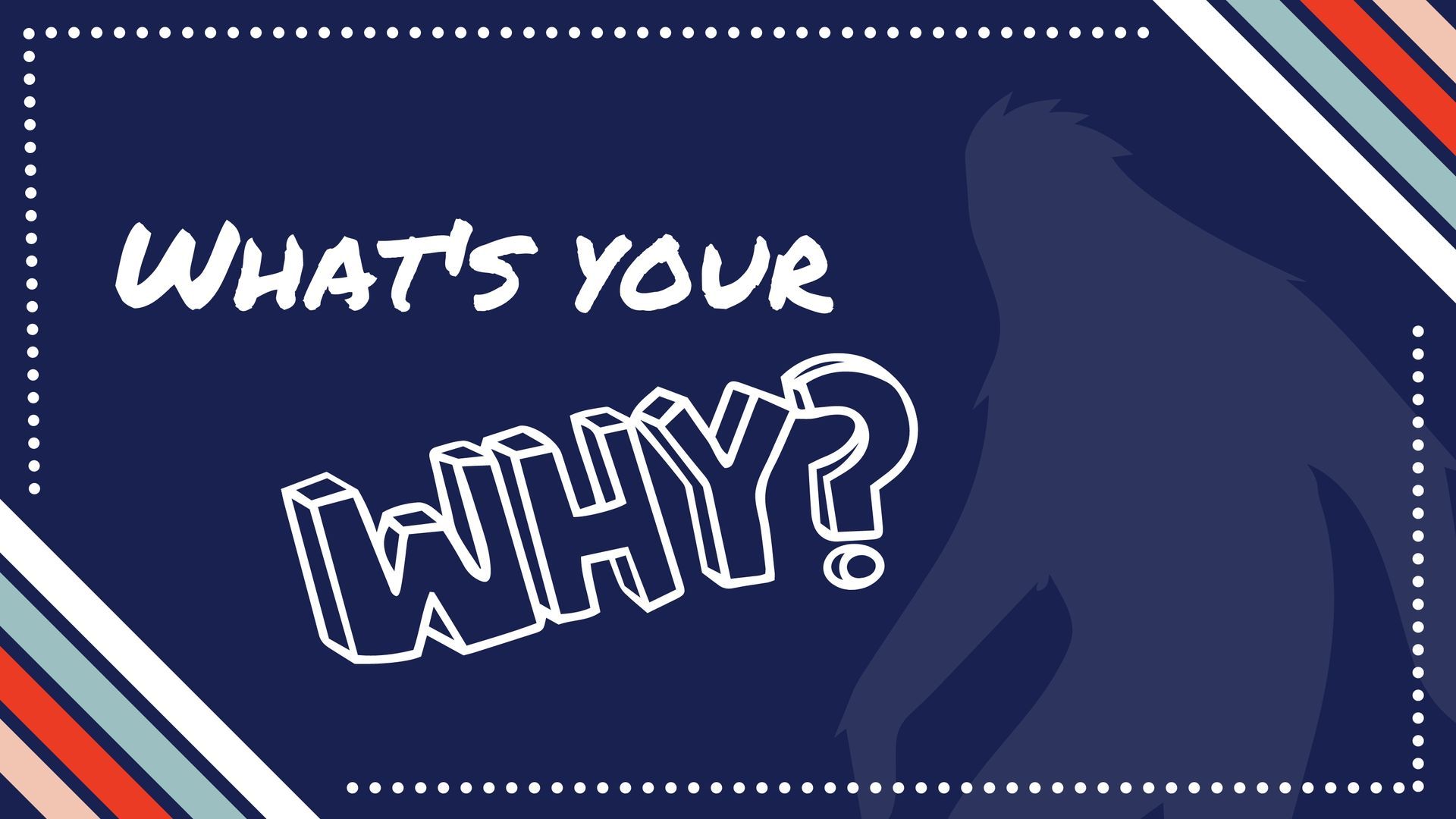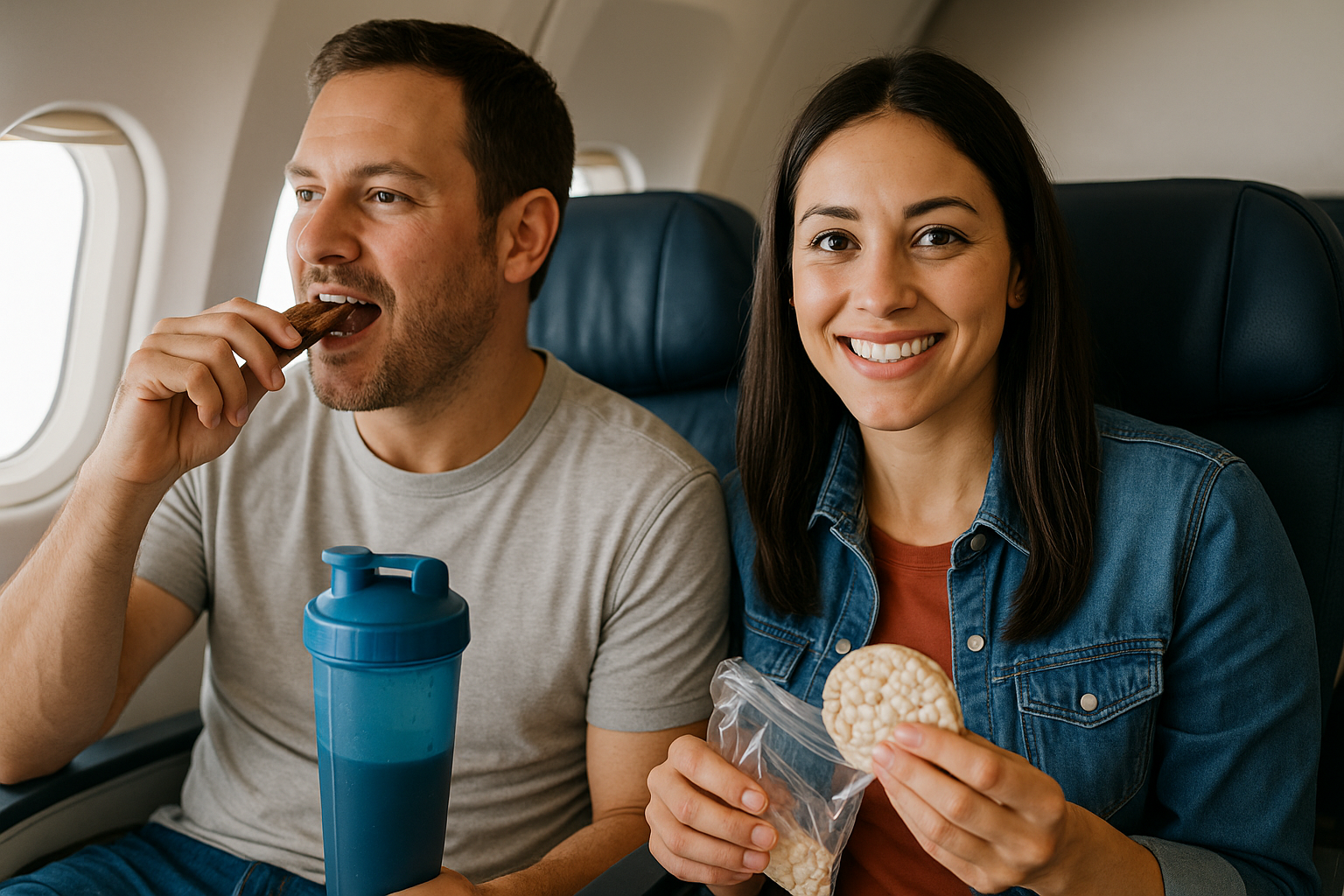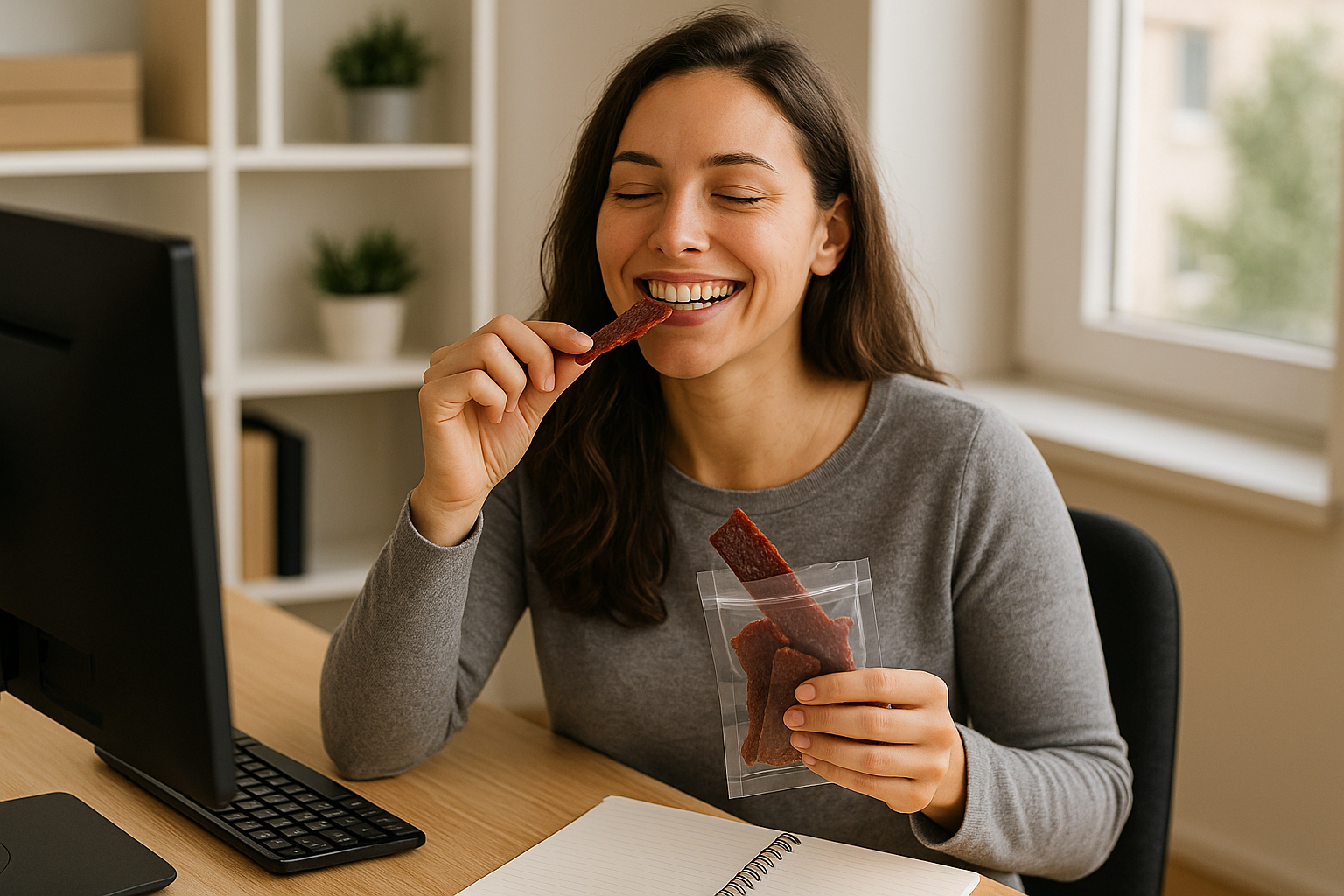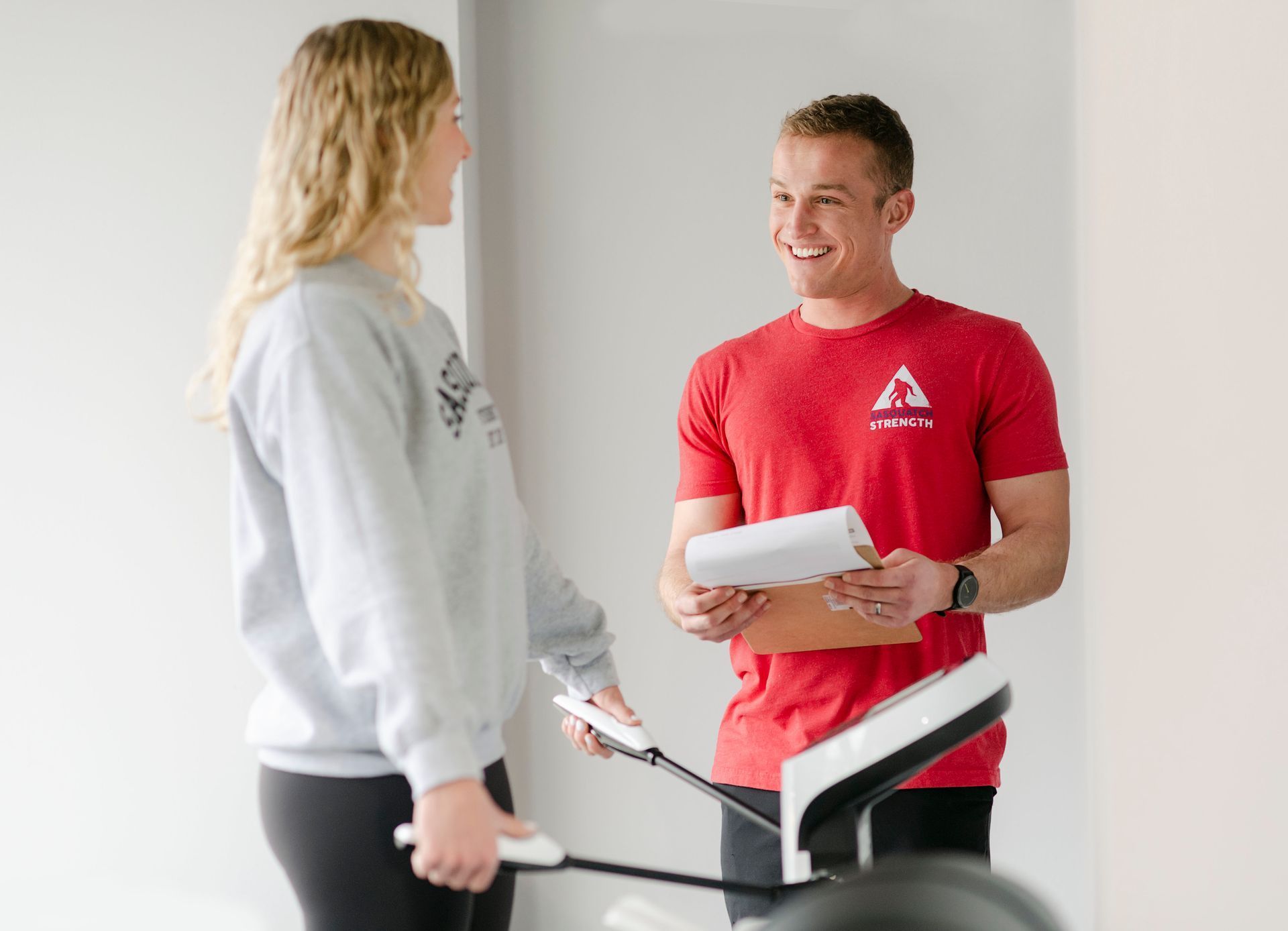
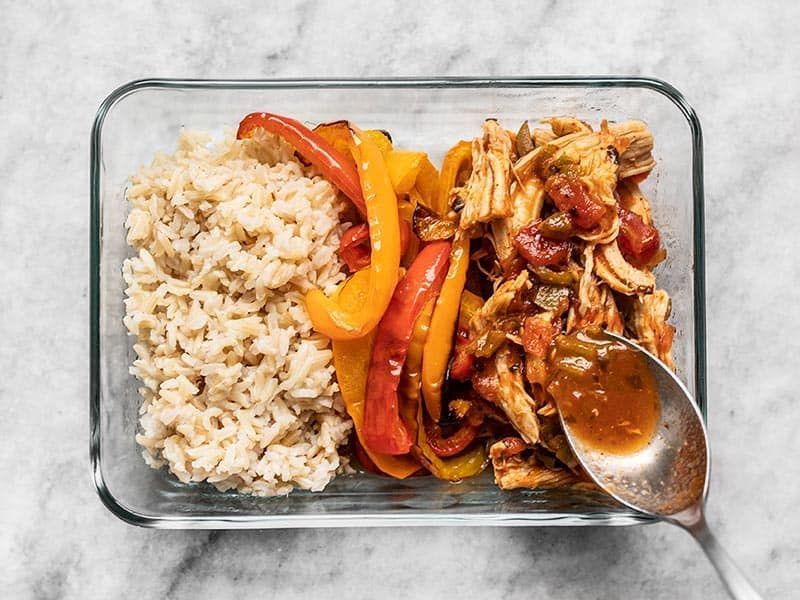
Tired of Googling “easy healthy meals” while already starving? Meal prep is your fix — even if you hate cooking, hate planning, or don’t have time. This guide shows you how to prep a week's worth of real meals in about an hour — no chef skills, matching containers, or Pinterest-worthy layouts required.
Why Meal Prep Works for Fat Loss (Even If You’re Busy)
If you’re trying to lose weight or burn fat, the biggest obstacle is almost never training — it’s food choices when you’re stressed, busy, or exhausted. Meal prep solves that.
- It takes away the “what should I eat?” decision trap
- It keeps you from last-minute takeout
- It helps you hit protein goals (which helps keep fat off)
- It stops those “f*ck it” moments at 8PM
Meal prep isn’t about being perfect. It’s about being ready when willpower runs out.
What Meal Prep Actually Means
Forget what you’ve seen on Instagram. Meal prep is just food that’s ready before you need it. You do a little work ahead of time (batch cooking, assembly, or buying smart), so Future You doesn’t have to rely on chips and vibes at dinner.
What You Need to Get Started
No gadgets. No rules. Just a plan.
- A few containers with lids (any kind — no one’s judging)
- A microwave
- A pan (optional)
- Grocery store basics
- 20–30 minutes of focus
- Maybe a podcast or playlist while you work
The 1-Hour Method (No Cooking Degree Required)
Here’s how to meal prep in a single hour — even if you hate cooking, hate planning, and don’t care about “macros.”
🍗 Chicken, Rice & Broccoli
Buy: Rotisserie chicken, microwave rice packs, frozen broccoli
Do: Microwave rice and broccoli. Pull apart chicken. Divide into containers.
🥩 Ground Turkey, Potatoes & Green Beans
Buy: Ground turkey (raw), frozen potatoes, frozen green beans
Do: Brown the turkey in a pan. Cook potatoes and green beans. Divide into containers.
🥗 Canned Chicken Salad Bowls
Buy: Canned chicken, shredded carrots, microwave rice or quinoa
Do: Cook rice/quinoa. Mix all ingredients together. Put dressing in a separate container.
🌯 Turkey Taco Bowl
Buy: Ground turkey (raw), taco seasoning, canned beans, microwave rice & corn
Do: Brown turkey with seasoning. Microwave corn & rice. Divide into containers.
🍳 Egg & Sausage Snack Boxes
Buy: Hard-boiled eggs, pre-cooked turkey sausage links, baby carrots, fruit, cheese
Do: Assemble into snack boxes. No cooking required.
🥄 Protein Oats (Overnight or Hot)
Buy: Oats, protein powder, frozen berries, nut butter
Do: Mix oats, protein, and milk/almond milk. Add berries or nut butter. Store in jars. Refrigerate overnight or microwave when ready to eat.
🧊 Greek Yogurt Grab Bowls
Buy: Plain Greek yogurt, berries, honey, granola or seeds
Do: Layer in jars or bowls. Store in the refrigerator.
🥩 Steak, Veggies & Sweet Potato
Buy: Steak strips or cook-your-own steak, frozen green beans, frozen mashed potatoes
Do: Cook steak as desired. Heat up mashed potatoes. Microwave green beans. Divide into containers.
🥦 VEGAN: Chickpea Grain Bowls
Buy: Canned chickpeas, microwave brown rice, bagged arugula or spinach, hummus, shredded carrots
Do: Microwave rice. Layer rice, greens, chickpeas, carrots, and a dollop of hummus in containers.
🍝 Meatballs + Rice + Red Sauce
Buy: Frozen cooked meatballs, microwave rice packs, jar of marinara
Do: Heat meatballs and red sauce. Microwave rice. Divide into containers.
🐔 Chicken Salad Box
Buy: Canned chicken, light mayo or Greek yogurt, sliced cucumber, crackers
Do: Mix chicken with mayo/yogurt. Add to container with cucumber slices and crackers.
🧀 Deli Rollups with Hummus + Carrots
Buy: Deli turkey or ham, cheese slices, hummus or mustard, carrots
Do: Spread hummus/mustard on a slice of meat, layer with cheese and a carrot, roll it up. Make a bunch.
🧀 Cottage Cheese Snack Box
Buy: Cottage cheese cups, baby carrots, grape tomatoes, a boiled egg or cheese stick, handful of pretzels or crackers
Do: Load into a container bento-style: cottage cheese in one section, veggies, protein add-on, and carb in the others.
Not Everything Has to Be Cooked
These are still meal prep wins:
- Mixing canned chicken with mayo and throwing it in a container
- Tossing hummus and baby carrots in a lunchbox
- Rolling deli turkey around cheese and calling it lunch
- Packing yogurt, fruit, and granola in a jar
Meal prep doesn’t mean home-cooked meals. It means your food is ready before you need it.
Tips for Staying on Track (Without Overwhelm)
- Start small : Prep just 2–3 meals at first
- Pick recipes you’d actually eat cold : You won’t always reheat
- Get over "perfect" : Done is better than fancy
- Have emergency backups : Keep protein shakes, jerky, frozen meals, or protein bars around
Final Thoughts:
You Don’t Hate Meal Prep — You Hate Being Hungry Without a Plan
Meal prep isn't about eating like a bodybuilder. It's about having something ready when your brain says "just order something." If you want to:
- Save time
- Eat better
- Hit protein goals
- And actually stick to your fat loss plan...
Meal prep is the move.
Ready to Stop Overthinking Food?
We help busy people lose fat, get strong, and stay consistent — without meal prep turning into a full-time job.
